Shreen Hamdani
An old woman, in her octogenarian age, seems reluctant on her granddaughter’s postponement of marriage at the age of 24. “I was mother of five children at your age”, she said in her fragile tone.
Earlier marriages in Kashmir were blessing on parents or bride and groom. Girl in her teens and boy in his early twenties was the perfect age and time to be in wedlock. There was no concept of barriers like higher education, dowry, job, pre-marital relationships and high profile status. Life was so simple (no Iphones, Tabs, Facebook, no gadgets), people were innocent (in today’s language you can say ‘illiterate’), and marriages was celebrated with fun and austerity.
If I will tell you on grass root level, we were not enough mature as children are nowadays. “You wouldn’t believe that on my wedding day I participated in Rouf and Wanwun- traditional Kashmir song and folk dance- with other ladies at home. My relatives laughed at me and told me to sit on maslund- (decorated stage for bride or groom)-
Come on it’s your wedding day”, said octogenarian woman with smile and watery eyes.
Contemporary situation of our society is different and pathetic. Today marriageable age has climbed from early 20’s to late 30’s with extravagancy weddings. Pious marriage is more of burden than celebration. The birth of a baby girl worry parents about her marriage, since the very beginning they start saving their income for wedding of their daughter. There is inflation in the market and they are coercive to save every penny.
“On the eve of wedding, if one is not giving her daughter any kind of dowry, still a girl has to carry needy accessories with her at in-laws home and we can’t help it”, says father of newly wedded girl.
Besides dowry, pomp and show, the traditional Wazwaan – local multi-course feast – has become expensive and unaffordable for many people.
These days young generation go for higher education because of unemployment. They want to stand on their own and settle their future. “Since childhood our parents expend their income on our studies, so how can we choose to get in nuptial knot, when we are economically unstable”, says Imran, 27, Phd student.
After acquiring higher education a girl or a boy always, want their partner to hold same or high status than her/him. Modern education, studying outside and high job profile has occupied and changed the minds of youth, which appears with the grave issue of late marriages in the society.
Late marriages have emerged with new severe issues. Pre-marital or extra-marital relationships are fading our morality and lead to reasons of divorce, increasing suicidal tendencies, mental disturbances, and other such things.
“If one follows the religious path of marriages, he/she will never fall for any illicit activities and it will be the panacea to all issues”, said a cleric.
A study by the sociology department of University of Kashmir – “Emergence of late marriages in Kashmir” says that the average marrying age has increased from 24 to 32 years in boys and for females 21 to 28 years.
The socio-economic, educational and political developments in the J&K state have affected the practices, rituals, values and norms of marriage. The study says conflict, poverty, modern education, dowry, unemployment, caste consideration as the major reasons for late marriages in Kashmir. Many people believe advent of modernization, unhealthy customs, traditions and “irreligious” attitude in the society have played their part in pushing up the average marrying age.
This two-decade long insurgency had left us with indelible mark on the social and cultural structure of the society apart from politics. “According to our 40 page reports, there are five major reasons of late marriages as Poverty, Dowry, un-employment, conflict situation and caste system. If we talk about minor reasons then they are numerous,” says Professor Bashir Ahmad Dabla, the supervisor of the research.
According to a research report titled “Detection of Chromosomal Abnormalities in an Ethnic Population of Kashmir Valley”, prepared by the Department of Immunology and Molecular Medicine at SKIMS here, reports that different genetic disorders are among the Kashmiri population “possibly due to late marriages with maternal age of the patients higher. Down’s syndrome seems to be occurring at a higher frequency in those persons,” the report reads.
However, late marriages are alarming in our society but early marriages have other repercussions in today’s tech-savvy life because young generation is lacking patience that our parents had.
Reports in this write up are with attribution to Google.







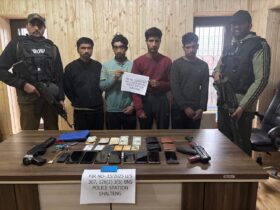



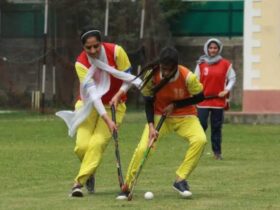

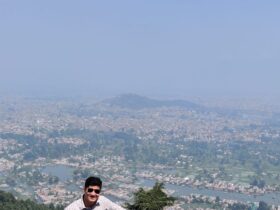
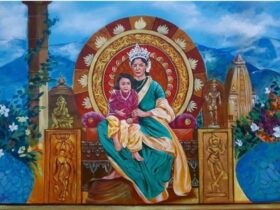

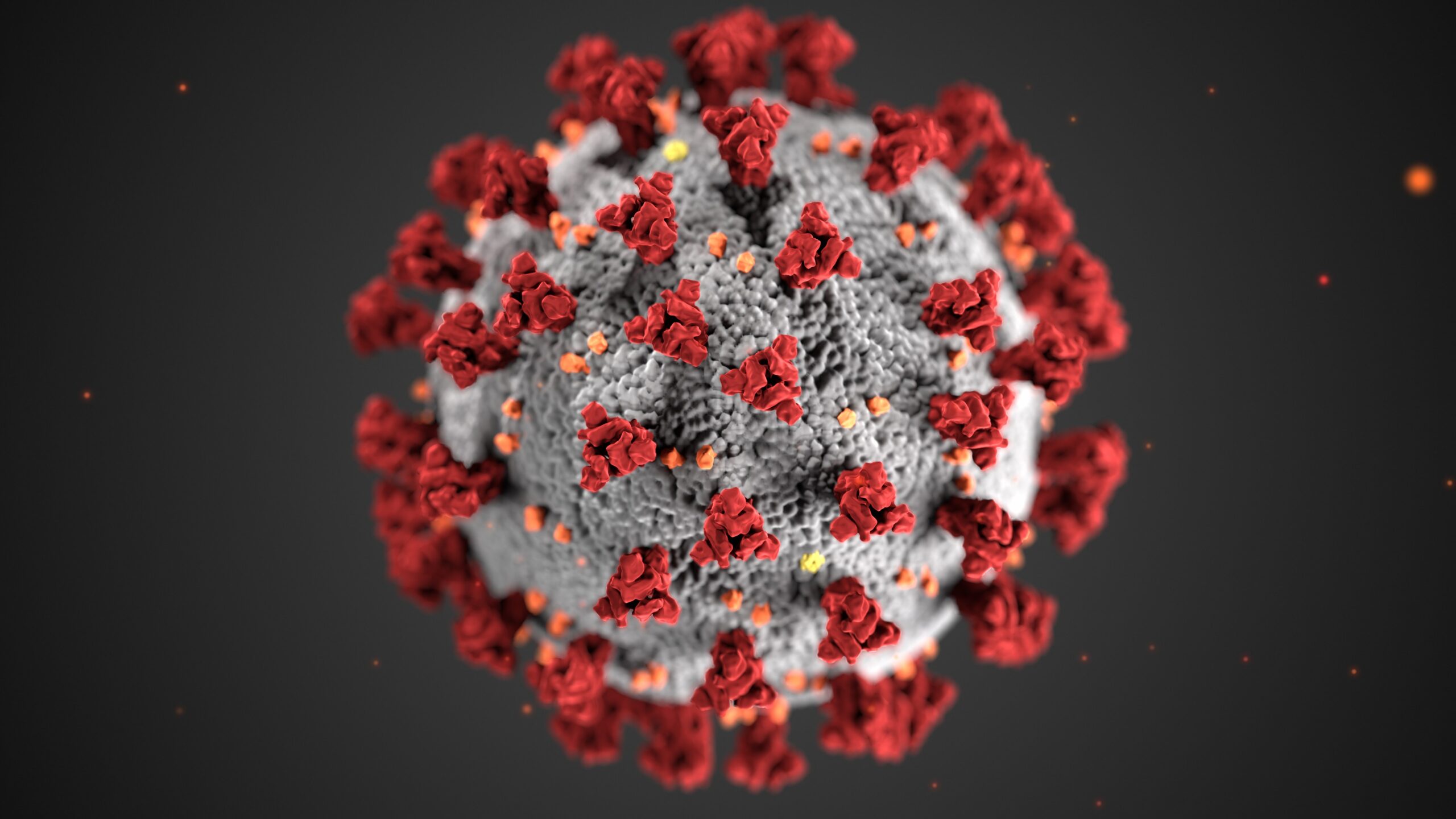
Leave a Reply